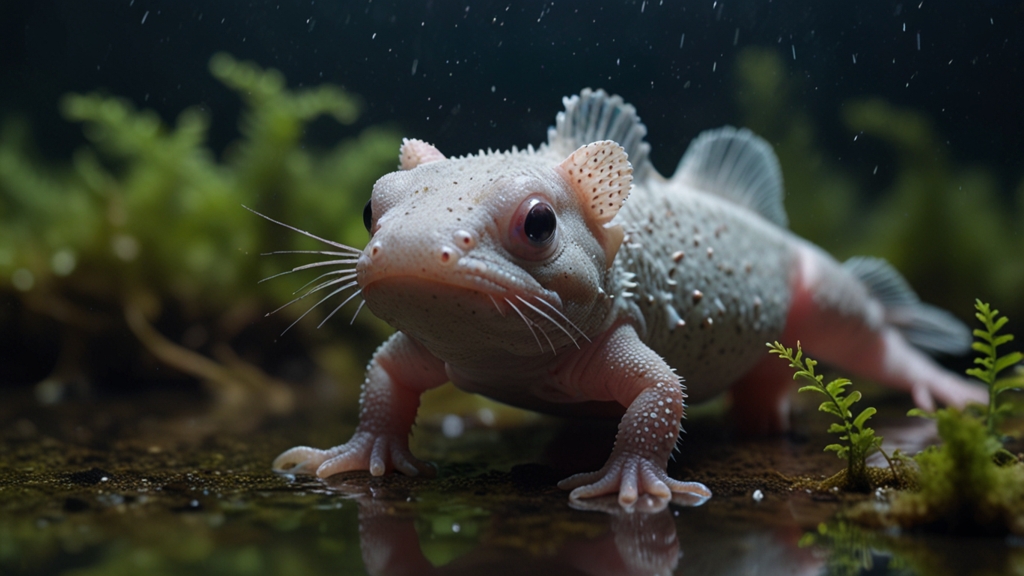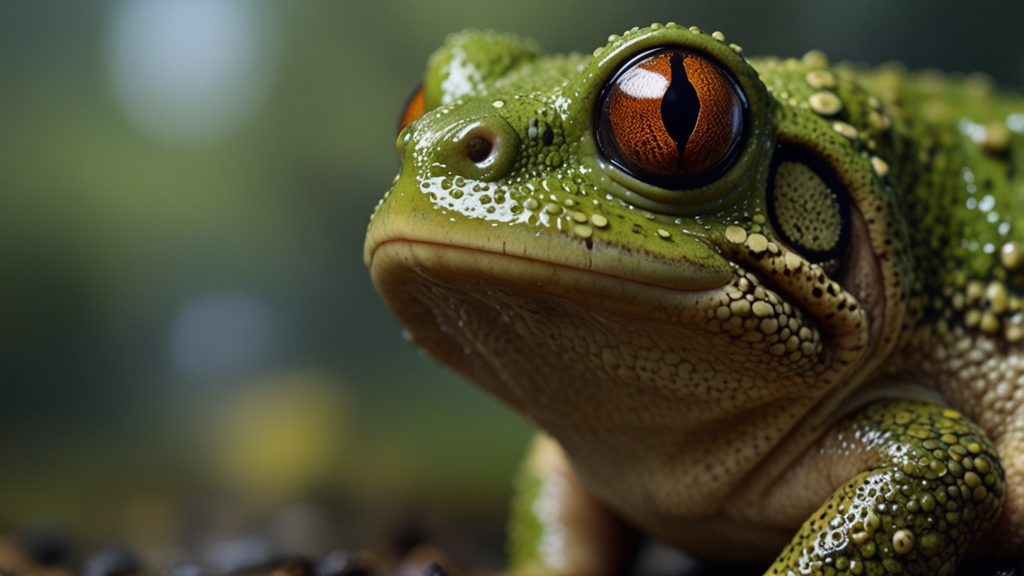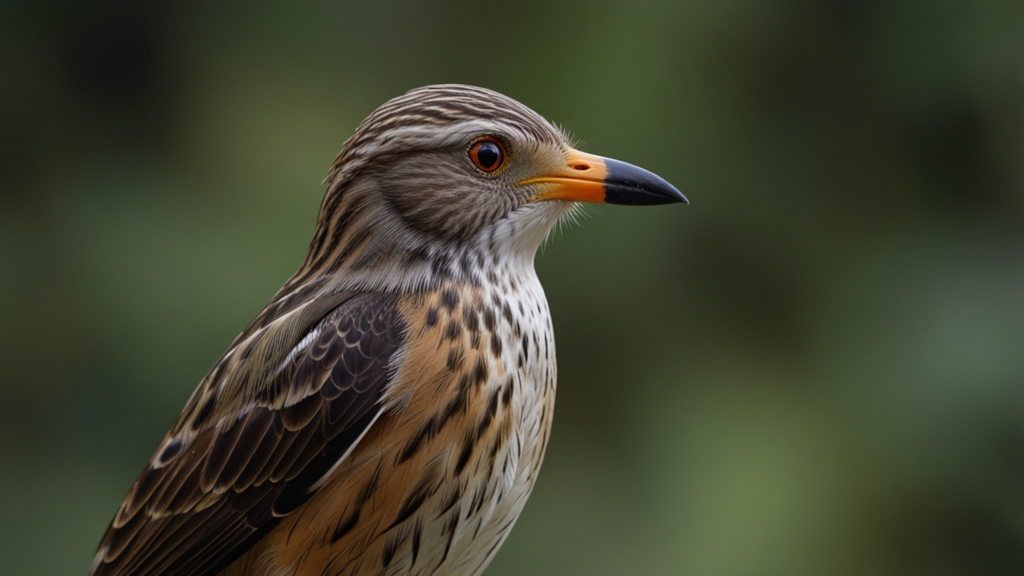The Enigmatic Life of the Axolotl: A Living Mystery
The axolotl, often referred to as the "Mexican walking fish," is a unique creature that has fascinated scientists and enthusiasts alike for years. This amphibian, though commonly mistaken for a fish, is actually a salamander. The axolotl's life and characteristics are shrouded in mystery, making it a subject of immense curiosity and study.
A Unique Appearance
One of the first things that captivate people about the axolotl is its distinct appearance. Unlike most amphibians, the axolotl retains its larval features throughout its life — a phenomenon known as neoteny. This means that instead of undergoing metamorphosis, it remains in an aquatic larval state, complete with gills and a tail. These feathery external gills, which protrude from the sides of their heads, along with their perpetually smiling faces, give them an almost otherworldly charm.
Regeneration Abilities
Perhaps one of the most fascinating aspects of the axolotl is its incredible ability to regenerate lost body parts. While many animals can regenerate tissues to some extent, the axolotl takes this to a whole new level. It can regrow entire limbs, spinal cord, heart, and even parts of its brain without any scarring. This remarkable regenerative power has made the axolotl a subject of significant scientific research, with hopes that understanding this process could lead to breakthroughs in human medicine.
The axolotl's regenerative abilities are not just limited to its limbs. Researchers have observed that these creatures can also rebuild certain vital organs, and even restore normal function to them. This capacity for regeneration has the potential to unlock new frontiers in the fields of medicine and biology.
Endangered Status
Despite their extraordinary abilities, axolotls are critically endangered in the wild. Originally found in the lake complex of Xochimilco near Mexico City, their natural habitat has been severely reduced due to urban development, pollution, and the introduction of invasive species. Conservation efforts are underway to save this remarkable species, including habitat restoration and captive breeding programs.
In captivity, axolotls are relatively easy to care for, which has led to their popularity in the pet trade and as a model organism in scientific research. However, preserving their natural habitat remains crucial for their survival in the wild.
Cultural Significance
The axolotl holds a special place in Mexican culture and mythology. The name "axolotl" comes from the Nahuatl language, in which it roughly translates to "water monster." According to Aztec mythology, the axolotl is the transformed form of the god Xolotl, who took this shape to avoid sacrifice. This cultural heritage adds another layer of depth to the fascination surrounding this creature.
The preservation of the axolotl is not just a scientific mission, but a cultural one as well. Efforts to save this species are also attempts to maintain a living connection to the rich history and mythology of the region.
The Future of the Axolotl
The enigmatic life of the axolotl is a living mystery that continues to intrigue and inspire. As scientists delve deeper into understanding its regenerative abilities, and conservationists work tirelessly to ensure its survival, the axolotl stands as a symbol of nature's incredible adaptability and resilience.
Ultimately, the story of the axolotl is not just about a single species, but about the intricate and irreplaceable web of life that sustains our planet. Protecting the axolotl means protecting the rich biodiversity of our world, reminding us of the wonders that still lie hidden in the depths of our natural environments.
In many ways, the axolotl serves as a living reminder of the mysteries that nature still holds. As we strive to uncover these secrets, we are also reminded of our responsibility to preserve the delicate balance of the ecosystems that support such extraordinary creatures.









